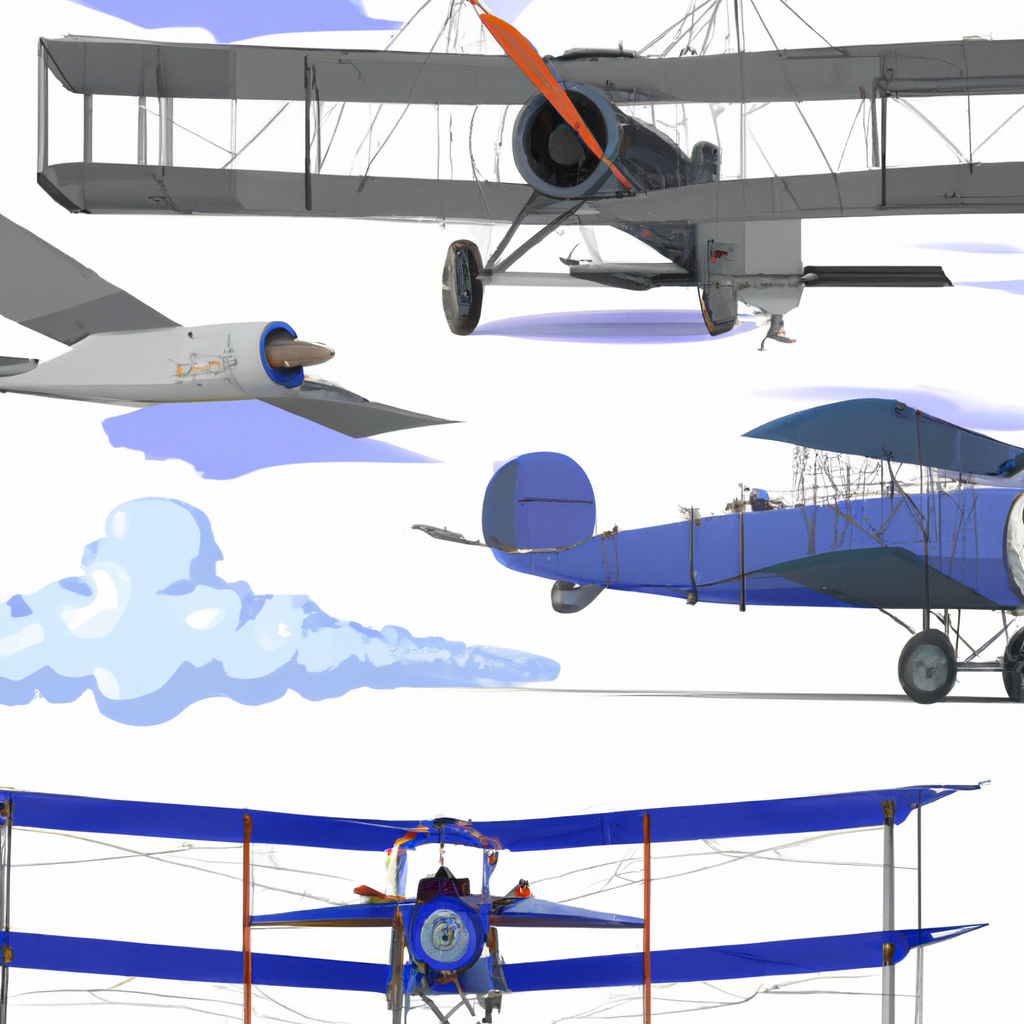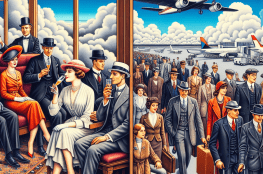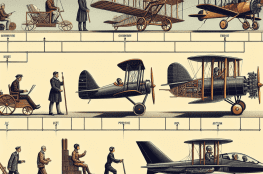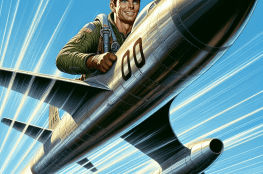The Evolution of Flight: A Journey through the History of Aviation
Since the dawn of civilization, humans have been fascinated with the idea of flight. From ancient myths and legends to the modern marvels of aerospace engineering, the history of aviation is a tale of innovation, determination, and a constant desire to conquer the skies. Join us on a journey through time as we explore the incredible evolution of flight.
The Early Days: From Mythical Wings to Leonardo da Vinci
Long before the first airplane took flight, ancient cultures around the world dreamed of soaring through the air. Mythical creatures like Pegasus in Greek mythology and the Chinese dragon embodied the desire for flight. However, it was the legendary Greek inventor, Daedalus, who took it a step further by crafting wings from feathers and wax. Though his son, Icarus, tragically met his demise during their flight attempt, Daedalus’ story inspired generation after generation to dream of mimicking birds in flight.
In the 15th century, Leonardo da Vinci, often regarded as the quintessential Renaissance Man, designed and sketched various flying machines. His imagination and astute observations of bird flight laid the groundwork for future aviation pioneers.
The Wright Brothers: From Bicycles to Airplanes
No exploration of aviation history would be complete without mentioning the Wright brothers – Wilbur and Orville. Born in the late 19th century, these two brothers from Ohio, USA, not only had a passion for mechanics but also an unwavering dedication to achieving powered flight.
In December 1903, the Wright brothers achieved their goal and made history at Kitty Hawk, North Carolina. Their aircraft, the Wright Flyer, achieved sustained, controlled, and powered flight for the first time, marking a pivotal moment in aviation history.
From Kitty Hawk to Global Aviation
Following the Wright brothers’ groundbreaking achievement, aviation progressed rapidly. Innovators around the world began experimenting with different designs, materials, and engines to create more advanced aircraft.
During World War I, aviation played a crucial role and led to significant developments in aircraft design and technology. Planes were used for aerial combat, reconnaissance, and bombing missions, propelling aviation into the forefront of military strategy.
In the interwar period, aviation evolved from a military venture to a commercial enterprise. Pioneering aviators, such as Charles Lindbergh with his solo transatlantic flight in 1927, captured the imaginations of people worldwide. The era of commercial aviation had arrived.
The Jet Age: Breaking the Sound Barrier and Beyond
The post-World War II era saw major advancements in aviation technology. Jet engines revolutionized air travel, allowing planes to fly faster and higher than ever before. Chuck Yeager, an American pilot, became the first person to break the sound barrier in 1947, opening up new possibilities for supersonic flight.
Throughout the 20th century, aerospace engineers pushed the boundaries of what was previously thought possible. The development of larger aircraft, such as the Boeing 747, allowed for mass transportation across continents, making air travel accessible to millions of people around the world.
Into the Future: From Electric Planes to Space Tourism
As we venture further into the 21st century, the aviation industry continues to innovate. With concerns about climate change, researchers are exploring electric and hybrid propulsion systems to reduce emissions and make aviation more sustainable.
Additionally, visionary entrepreneurs like Elon Musk and Richard Branson are spearheading space travel initiatives. Their companies, SpaceX and Virgin Galactic respectively, are making strides towards a future where regular civilians can experience the wonders of space.
In Conclusion
The history of aviation is a testament to human ingenuity, perseverance, and a driving desire to explore the uncharted territories of the sky. From mythical tales to the modern jet age, aviation has transformed the way we live, connect, and discover the world around us. As we look to the future of flight, we can only wonder what incredible innovations lie ahead.



